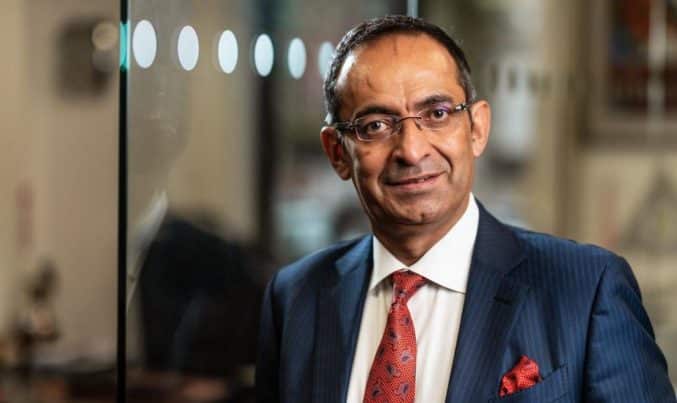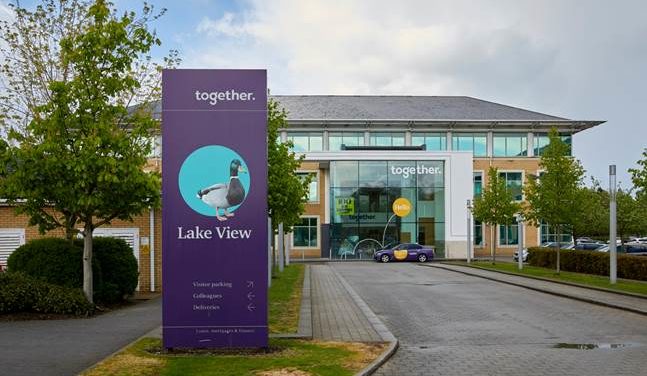Average house price passes quarter of a million pounds
By Joanne Atkin

The average UK house price jumped by 7.5% in October, the highest annual rate since June 2016 and up on September’s growth of 7.3%, according to Halifax.
This takes the average price of a home to £250,547, the first time it has exceeded a quarter of a million pounds. Since the first lockdown was lifted, the past four months has seen a rise in the the pace of house price growth of 5.3%, the strongest since 2006.
But there are signs that prices are slowing considerably with monthly house price growth in October down to just 0.3% compared to 1.5% in September. Halifax expects to see greater downward pressure on house prices going into 2021.
Russell Galley, managing director at Halifax, said:
“Overall we saw a broad continuation of recent trends with the market still predominantly being driven by home-mover demand for larger houses.
Since March flat prices are up by 2% compared to a 6% increase for a typical detached property. In cash terms that equates to a £2,883 increase for flats compared to a £27,371 rise for detached houses.
This level of price inflation is underpinned by unusually high levels of demand, with latest industry figures showing home-buyer mortgage approvals at their highest level since 2007, as transaction levels continue to be supercharged by pent-up demand as a result of the spring/summer lockdown, as well as the Chancellor’s waiver on stamp duty for properties up to £500,000.”
Gareth Lewis, commercial director of property lender MT Finance, commented:
“This property price growth has been fuelled by buyers keen to move to bigger homes with more outside space, thanks to the experience of the first lockdown.
This, coupled with a desire to make the most of the stamp duty holiday, is creating a bubble. We should be mindful that the time to take this opportunity is running out, with the deadline soon upon us.
However, one wouldn’t rule out the government extending it at the last minute, as it has with the furlough scheme.”
Mark Harris, chief executive of mortgage broker SPF Private Clients, said:
“The impact of Covid is clear with the flat-to-house price differential never as pronounced as this before. People require more outdoor space and not all flats have roof terraces and balconies.
But while Covid is having a massive impact it is likely to be temporary in the scheme of things, with people not able to work from home four days a week forever.
Employers are likely to be more accepting of home working but once we have more normality, they will want to see people in the office more.
Those flats that are 20 minutes from the workplace will be more appealing than a house on the Dorset coast if you have to be in the office four times a week.”
Guy Harrington, CEO of residential lender Glenhawk, added:
“With month-on-month growth slowing considerably, has the UK housing market finally woken up to reality?
Or will the March deadline for the stamp duty holiday and changes to Help to Buy, coupled with continued pent up demand, render this month merely a blip?
Everything points to the former, with falling consumer confidence and a growing belief that we are set for a prolonged period of national lockdowns, whilst the dark cloud on the horizon of an end to furlough rolls ever closer.”

Joanne Atkin is an award winning, freelance journalist and has written for both trade and consumer press. She is the former Editor of Mortgage Finance Gazette, What Mortgage and The Money Pages and has previously worked for a major lender.










You must be logged in to post a comment.